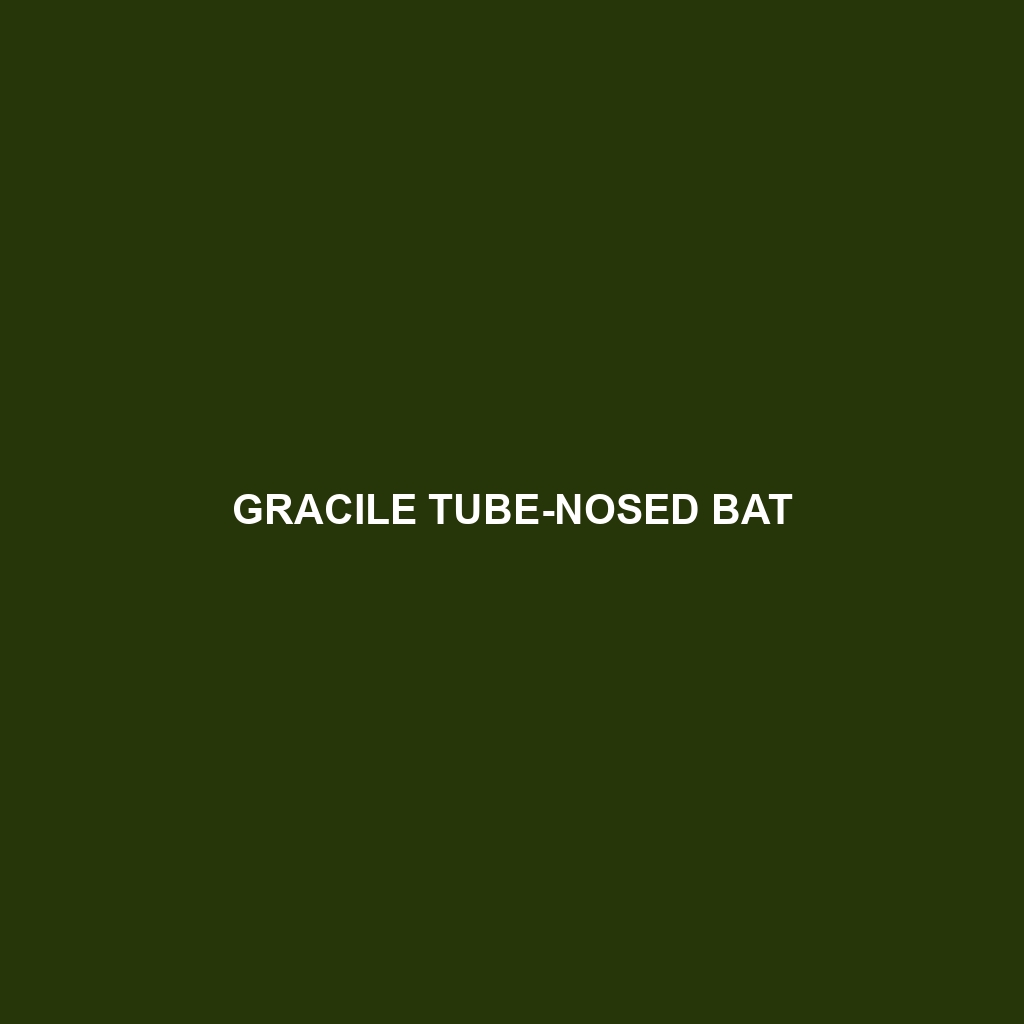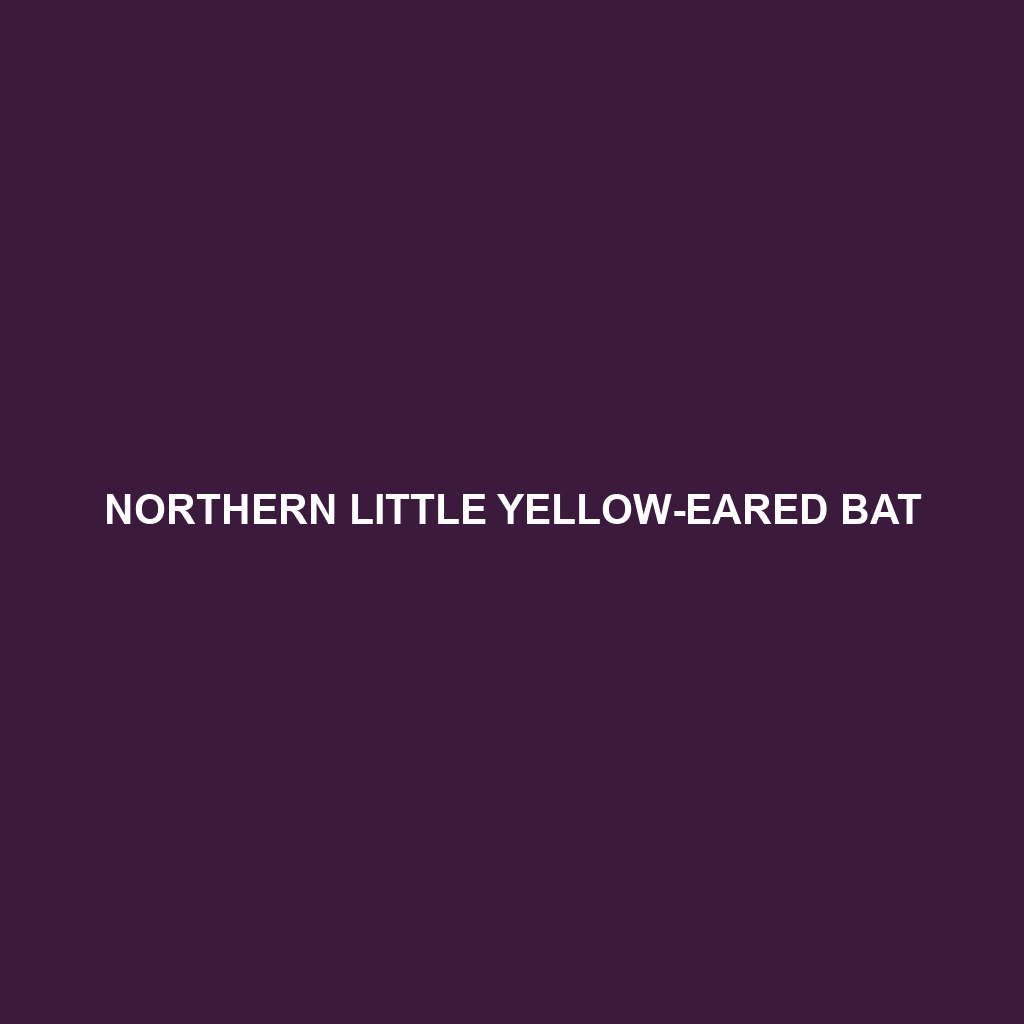Discover the intriguing world of the Shuipu Tube-nosed Bat, a fascinating medium-sized bat species native to the subtropical forests of southeastern Asia. With its distinctive tube-like nostrils, exceptional echolocation skills, and vital role in controlling insect populations, this bat highlights the importance of biodiversity and conservation efforts in its vulnerable habitats. Learn about its unique behaviors, reproduction, and the challenges it faces in a rapidly changing environment.
Tag: bat conservation
Blunt-eared Bat
Discover the fascinating world of the Blunt-eared Bat, a medium-sized nocturnal mammal thriving in the tropical and subtropical forests of Central and South America. With their distinctive short ears and impressive echolocation abilities, these bats play a vital role in pest control, pollination, and seed dispersal. However, habitat loss poses a significant threat to their populations, making conservation efforts essential for their survival.
Loria’s Free-tailed Bat
Discover the fascinating world of Loria's Free-tailed Bat (Messonycteris angulata), a medium-sized bat thriving in the lush rainforests of Southeast Asia. Known for their agile nocturnal foraging and unique social behaviors, these bats play a crucial role in controlling insect populations and supporting ecosystem health. However, their vulnerable status due to habitat loss underscores the urgent need for conservation efforts to protect this remarkable species.
Gracile Tube-nosed Bat
Discover the intriguing world of the Gracile Tube-nosed Bat, a nocturnal insectivore native to Southeast Asia's lush rainforests. With its unique tubular nostrils and specialized hunting techniques, this vulnerable species plays a vital role in pest control and ecosystem health while facing threats from habitat loss. Explore its fascinating behaviors, physical characteristics, and conservation challenges in our latest blog post.
Indiana Myotis
Discover the fascinating world of the endangered Indiana Myotis (Myotis sodalis), a small bat species native to the eastern United States, including Indiana and Ohio. With its unique hunting techniques and significant role in pest control, this nocturnal creature thrives in humid environments like caves and wetlands. Learn about its distinct physical traits, behavior, and ongoing conservation efforts that are essential for its survival in the face of threats like habitat destruction and climate change.
Elery’s Tube-nosed Bat
Discover the intriguing world of Elery's Tube-nosed Bat (Murina eleryi), a vulnerable species native to Southeast Asia's temperate forests. With its distinctive tube-like nose and agile flight, this small bat plays a vital role in controlling insect populations and supporting biodiversity through its pollination activities. Learn about its habitat, behaviors, and the conservation efforts aimed at protecting this remarkable species from the threats of deforestation and habitat loss.
Caracciolo’s Stripe-faced Bat
Discover the fascinating Striped Yellow-eared Bat, a unique insectivorous species found in the lush habitats of Central and South America. With its striking yellow-striped ears and nocturnal lifestyle, this vulnerable bat plays a vital role in pest control and enhancing biodiversity through its hunting and foraging behaviors. Learn more about its physical traits, social dynamics, and the conservation challenges it faces in the wild.
Northern Little Yellow-eared Bat
Discover the fascinating world of the Southern Little Yellow-eared Bat, a small yet crucial species found across the southern United States and parts of Central America. With its unique yellow ear coloration and diet rich in insects, this nocturnal mammal not only helps control insect populations but also aids in pollination, underscoring its vital role in maintaining ecological balance. Learn about their habitat, behaviors, and the conservation efforts underway to protect this vulnerable species in our latest blog post.
Melissa’s Yellow-eared Bat
Discover the fascinating world of the **Kalko's Yellow-eared Bat**, a vibrant species found in the humid tropical forests of Central and South America. With its striking yellow ears and expert echolocation, this medium-sized bat plays a vital role in pest control and maintaining ecological balance. Learn about its unique behaviors, diet, and the conservation challenges it faces in our latest blog post.









